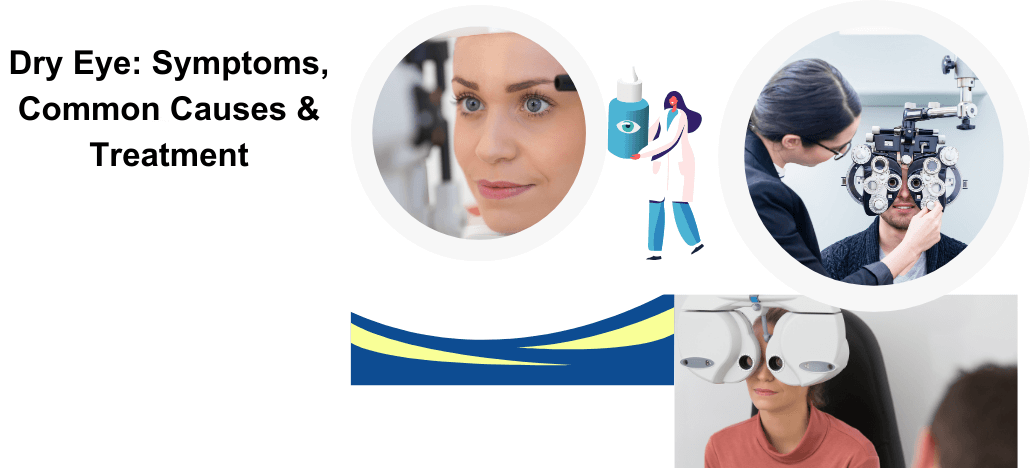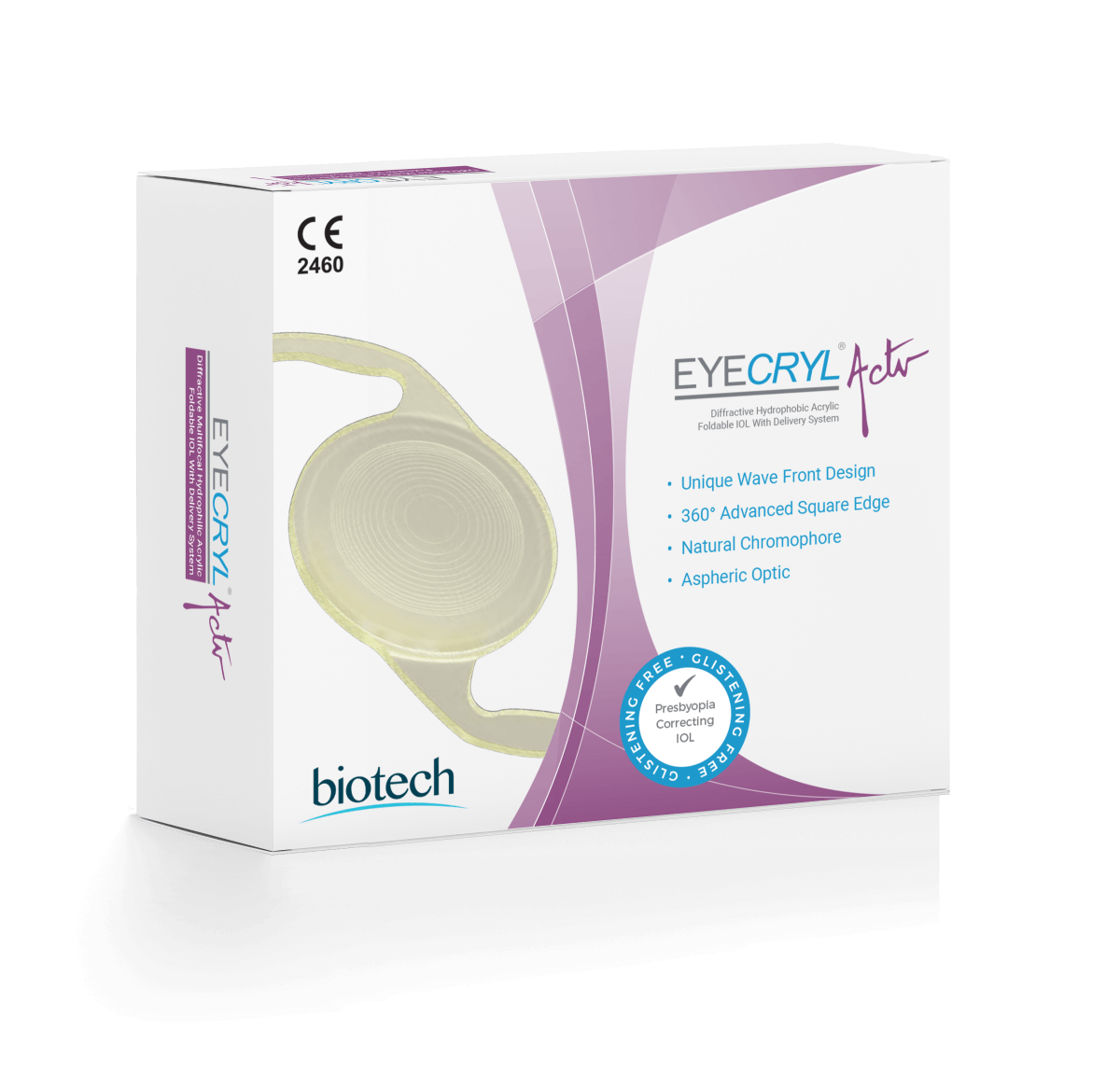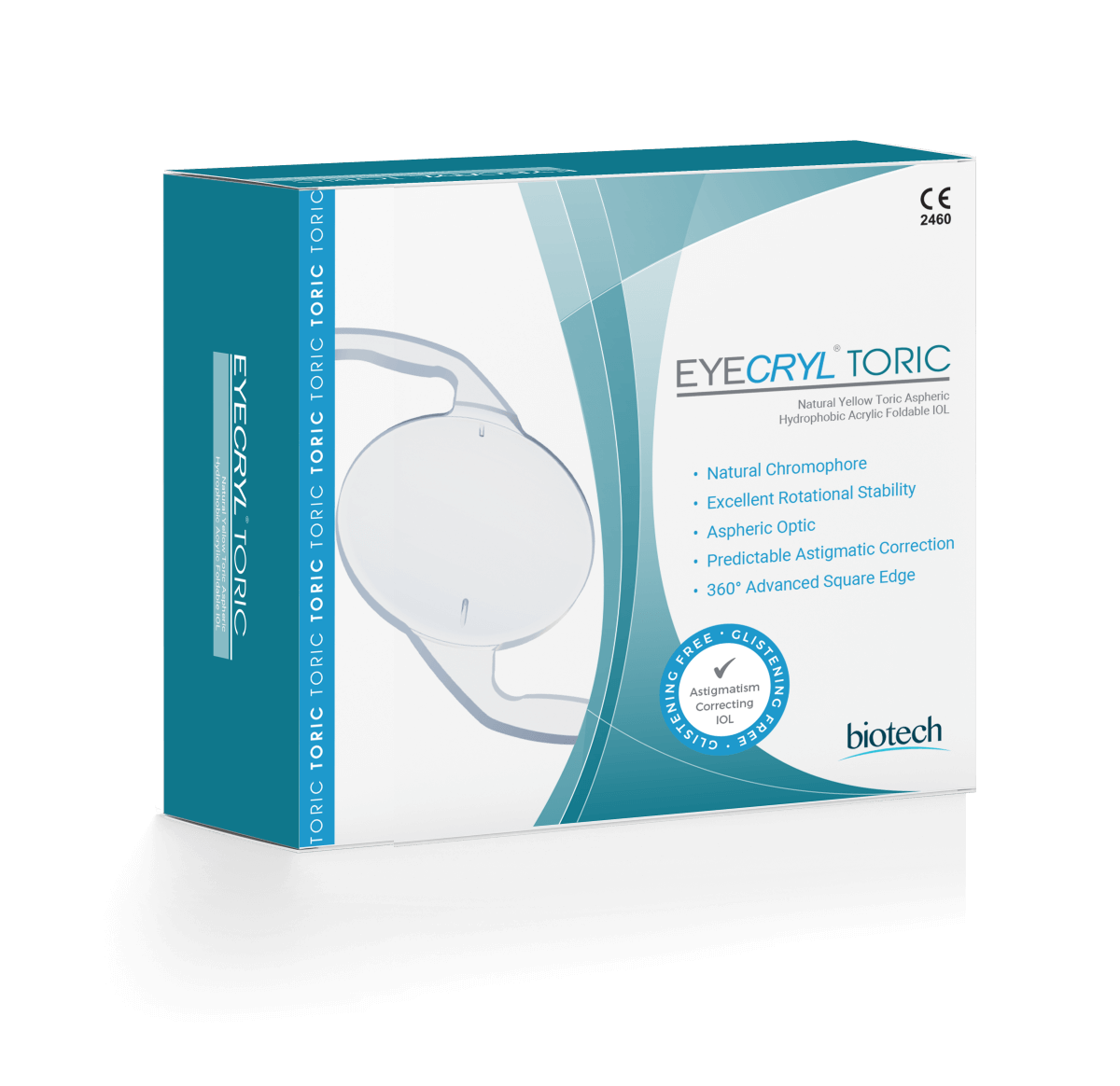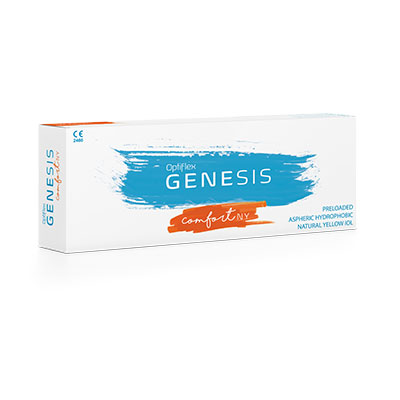
Dry Eye: Symptoms, Common Causes & Treatment
What is Dry Eye?
Dry eye, a common ocular condition, is characterized by insufficient lubrication and moisture on the surface of the eye. This issue can arise from a variety of factors affecting the tear ducts and lacrimal glands, which are responsible for producing tears. When these glands fail to produce enough tears or the tear film evaporates too quickly, dry eye occurs. This condition can also be exacerbated by wearing contact lenses, as they can disrupt the natural tear film and lead to discomfort and dryness. The use of artificial tears and prescription eye drops can help alleviate symptoms, providing necessary lubrication. Individuals who frequently experience symptoms of dry eyes may also be dealing with underlying medical conditions like rheumatoid arthritis, which can contribute to reduced tear production and exacerbate dryness.
What are the Symptoms of Dry Eye?
The signs and symptoms of dry eyes are varied but often include a stinging or burning sensation, a feeling of grittiness as if something is in the eye, and excessive tearing which may seem counterintuitive but occurs as a response to irritation. In some cases, people may also experience blurred vision and discomfort when wearing contact lenses. The tear film that covers the surface of the eye becomes unstable in dry eye conditions, leading to these symptoms. Additionally, the use of certain medications or exposure to environmental factors like wind and smoke can aggravate dry eyes. Intense pulsed light therapy is one treatment that can help alleviate symptoms by improving the function of the meibomian glands, which produce the oily layer of the tear film, reducing evaporation.
What is the Main Cause of Dry Eye?
Dry eye is primarily caused by dysfunctions in the tear production system involving the lacrimal glands, which produce the aqueous layer of tears, and the meibomian glands, which produce the oil layer that prevents tears from evaporating. Factors such as aging, hormonal changes, autoimmune diseases like rheumatoid arthritis, and environmental influences contribute to this dysfunction. Wearing contact lenses can worsen symptoms by disrupting the natural tear film. Managing dry eye involves using prescription eye drops and artificial tears to replenish moisture and stabilize the tear film. Other factors like diabetes, thyroid disorders, and certain medications can also impact tear production. Additionally, using nasal spray for allergies can reduce overall moisture levels, indirectly affecting the eyes.
What are the Treatment Methods for Dry Eye?
Treating dry eye involves a variety of methods aimed at increasing tear production, reducing evaporation, and addressing underlying causes. Artificial tears are a common over-the-counter solution that can provide immediate relief by supplementing natural tear production. Prescription eye drops may also be used to help stimulate tear production or reduce inflammation. In more severe cases, punctal plugs can be inserted into the tear ducts to prevent tears from draining away too quickly, thereby keeping the eyes more lubricated. Omega-3 fatty acids, found in foods like fish and flaxseed, have been shown to support healthy tear production and improve overall eye health. Additionally, intense pulsed light therapy can be used to treat meibomian gland dysfunction by improving the glands’ ability to produce the oily layer of the tear film. This helps to reduce tear evaporation and maintain eye moisture. For those with medical conditions like rheumatoid arthritis that contribute to dry eyes, addressing the underlying condition with appropriate treatments can also help alleviate dry eye symptoms.
What Happens If Dry Eye is Not Treated?
If left untreated, dry eye can cause significant complications, affecting quality of life by leading to corneal surface damage, infections, and potentially ulcers or scarring. Persistent dryness and irritation make daily activities like reading and driving difficult, especially for contact lens users. Over time, untreated dry eye can cause chronic inflammation and damage to tear-producing glands, worsening the condition. Excess tears from irritation can blur vision and make focusing difficult. Chronic dry eye requires ongoing management with artificial tears, prescription eye drops, or punctal plugs to maintain eye health and comfort.
Can Dry Eye Cure Itself?
Dry eye usually does not resolve on its own and often needs ongoing management to prevent worsening. Minor cases due to temporary factors like environmental changes or contact lens use may improve with artificial tears or breaks from lenses. Chronic dry eye, however, requires regular use of prescription eye drops, omega-3 fatty acids, and treatments like intense pulsed light therapy. Addressing conditions such as rheumatoid arthritis is vital for long-term relief, as untreated dry eye can lead to discomfort, vision issues, and complications affecting overall eye health.
How Do I Know If I Have Dry Eye?
Dry eye can be recognized by symptoms like persistent dryness, burning, and grittiness, especially if your eyes often feel irritated or uncomfortable when wearing contact lenses. Blurred vision and light sensitivity may indicate that your tear film is not protecting your eyes adequately. If these symptoms are present, seeking a professional evaluation is crucial to determine the cause. Treatments such as artificial tears, prescription eye drops, and lifestyle changes can help manage symptoms and enhance eye comfort.
FAQ
How Long Can Dry Eye Remain Unnoticed?
Dry eye can often go unnoticed for a prolonged period, especially if symptoms are mild and attributed to other factors like fatigue or prolonged screen use. However, even in its early stages, it can affect the quality of the tear film and lead to discomfort if not addressed with treatments like artificial tears or prescription eye drops.
How Can Dry Eye Be Felt?
Dry eye is typically felt as a persistent dryness, burning, or gritty sensation in the eyes. Individuals may also experience blurred vision and discomfort, particularly when wearing contact lenses or in environments with dry air, indicating a disruption in the tear film’s stability.
What are the Two Important Symptoms of Dry Eye?
The two key symptoms of dry eye are a feeling of dryness or irritation in the eyes and excessive tearing, which occurs as a response to the irritation caused by an unstable tear film. These symptoms can signal the need for treatments like artificial tears or punctal plugs to manage tear production and retention.
Can Dry Eye Be Corrected Naturally?
While certain lifestyle changes and dietary adjustments, such as increasing the intake of omega-3 fatty acids, can help improve tear production and alleviate symptoms, dry eye often requires additional treatments like prescription eye drops or artificial tears to maintain proper eye lubrication and comfort.
Can a Normal Life Be Lived After Dry Eye?
Yes, with proper management, individuals with dry eye can lead a normal life. Regular use of artificial tears, adherence to treatment plans including prescription eye drops, and addressing underlying medical conditions can help maintain eye health and comfort, allowing for a full range of daily activities without significant discomfort.
Our Bestsellers
Categories
Company
Media
Follow Us
© Copyright Biotech /Terms Of Use - Privacy Policy
Version 2_CT_1212222



